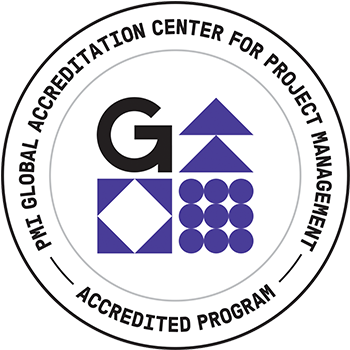
 Paper (61): BIM in Design: Applications in Architectural Practice: A Case Study: The Edward St. John Learning and Teaching Center
Paper (61): BIM in Design: Applications in Architectural Practice: A Case Study: The Edward St. John Learning and Teaching Center
Abstract: As BIM continues to revolutionize the way that buildings and designed and constructed, interoperability between various BIM-related software is critical, particularly in field of structural engineering where design and documentation are no longer discrete activities. The presenters will discuss how analysis and documentation models are linked to streamline workflows, and how algorithmically generated content can automate much of the modeling process.
Biography: Kristen M. Ambrose, AIA, CSI, LEED AP BD+C. Ms. Ambrose is a registered architect with experience in designing higher education environments for teaching and learning. She is a Senior Associate at Ayers Saint Gross Architects and Planners in Baltimore, MD and has served as Project Architect for all phases of design and construction. She has experience as Building Information Modeling Manager on LEED Certified Academic Buildings. Through her efforts facilitating interdisciplinary design consultant teams, she exercises an interoperable workflow across platforms to merge expertise and optimize design. Ms. Ambrose specializes in spatial data management utilizing digital design media through programming and concept design. She has examined how architecture can support innovative cross-curricular learning in technology intensive fields.
Ms. Ambrose has lectured and has published on the integration of practice-based representation and documentation methods in academia as well as the utilization of BIM across the life cycle of the project from design and construction to facilities management.
Ms. Ambrose teaches BIM in Practice at the graduate level in the School of Architecture, Planning and Preservation at the University of Maryland. Building Information Modeling: Integrated Practice seeks to explore the boundaries of BIM and its ability to visualize, document and coordinate space, understand the concepts and techniques of digital modeling and explore design opportunities in digital media at all phases of practice. The course focuses on ways of exploring architecture by developing collaborative forms of visual communication that re-prioritize ways of seeing, thinking and designing. As the profession struggles to redefine the media and method of architectural deliverables in the age of BIM, this course is uniquely positioned to examine and reflect upon the changing ethical and legal responsibilities such practice might have on the profession and illuminates the strategies contemporary architectural practitioners.
Ms. Ambrose has served on AIA Baltimore Design Awards and CANstruction committees and volunteers at the Neighborhood Design Center.

